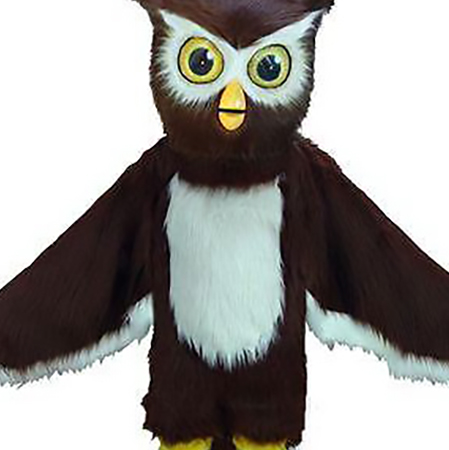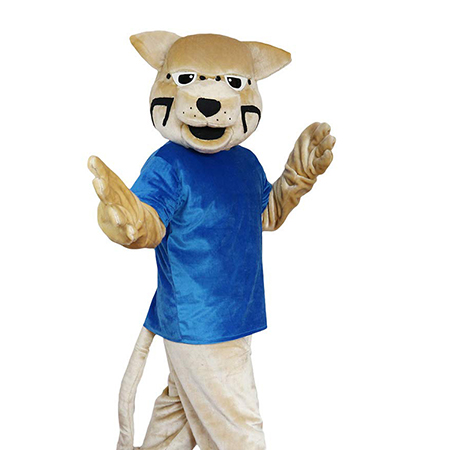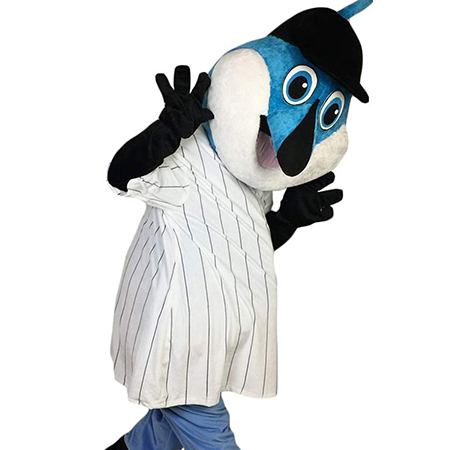Mascot costumes play a vital role in creating engaging and memorable experiences for various events, sports teams, and brands. One crucial aspect that significantly influences the perception and impact of these mascots is color. The science behind color in mascot costume design goes beyond mere aesthetics; it involves psychological, cultural, and even physiological factors that collectively enhance the effectiveness of these characters.
Color psychology plays a fundamental role in how people perceive mascot costumes. Different colors evoke different emotions and responses. For example, red is often associated with energy, excitement, and passion, making it a popular choice for sports mascots who aim to energize the crowd. Blue, on the other hand, conveys trust, calmness, and reliability, which can be effective for corporate mascots representing stability and professionalism. Understanding these psychological associations allows designers to create mascot costumes that resonate emotionally with their target audience.

Cultural context also heavily influences the selection of colors in mascot costume design. Colors can symbolize various cultural meanings and traditions. For instance, white is often linked with purity and innocence in Western cultures but signifies mourning and respect in some Eastern cultures. By being aware of such cultural nuances, designers can craft mascot costumes that avoid unintended negative connotations and instead foster positive associations among diverse audiences.
Physiological responses to color cannot be overlooked when designing mascot costumes. Bright, vibrant colors tend to catch the eye more quickly, making them effective for attracting attention in a crowded environment. Additionally, high-contrast color combinations can make mascot features more distinguishable, enhancing visibility during dynamic interactions like sports games or public events. Mascot costume designers must carefully select color palettes that maximize visual appeal and recognition, ensuring the mascot stands out in any setting.

Lighting conditions at events also interact with the colors of mascot costumes, affecting how they appear to the audience. Fluorescent colors might look striking under stage lights but could lose their vibrancy outdoors. Thus, designers need to consider the specific lighting environments where the mascot will perform and choose colors that remain impactful and true to the intended visual experience across different settings.
The texture and material of mascot costumes also play a role in how colors are perceived. Shiny materials can reflect light differently than matte ones, altering the intensity and appearance of the colors. This interplay between texture and hue can add depth and dimension to the character, making it more dynamic and lifelike. Designers often experiment with various fabric types to achieve the desired color effects while maintaining practical considerations like comfort and mobility for the person inside the costume.

In conclusion, the science of color in mascot costume design is a multifaceted discipline that combines elements of psychology, cultural awareness, and technical understanding. Each decision made regarding color has a profound impact on how mascots are received and remembered by their audience. Through thoughtful consideration and strategic use of color, designers can craft mascot costumes that not only capture attention but also build strong, positive emotional connections with viewers. As mascots continue to play essential roles in entertainment and brand representation, the importance of mastering this science remains paramount.
